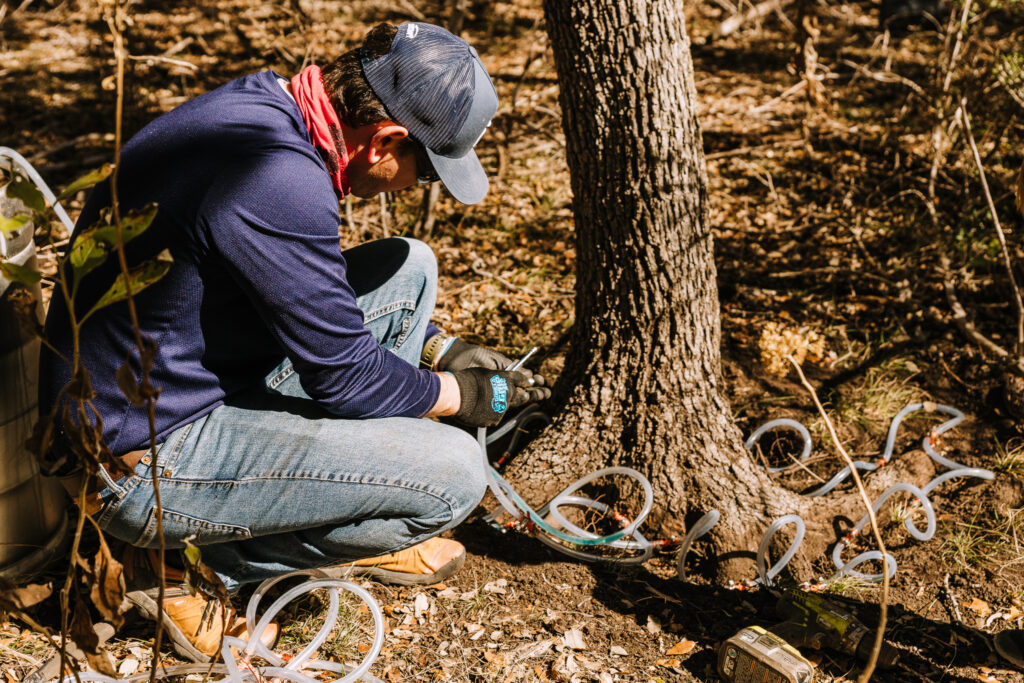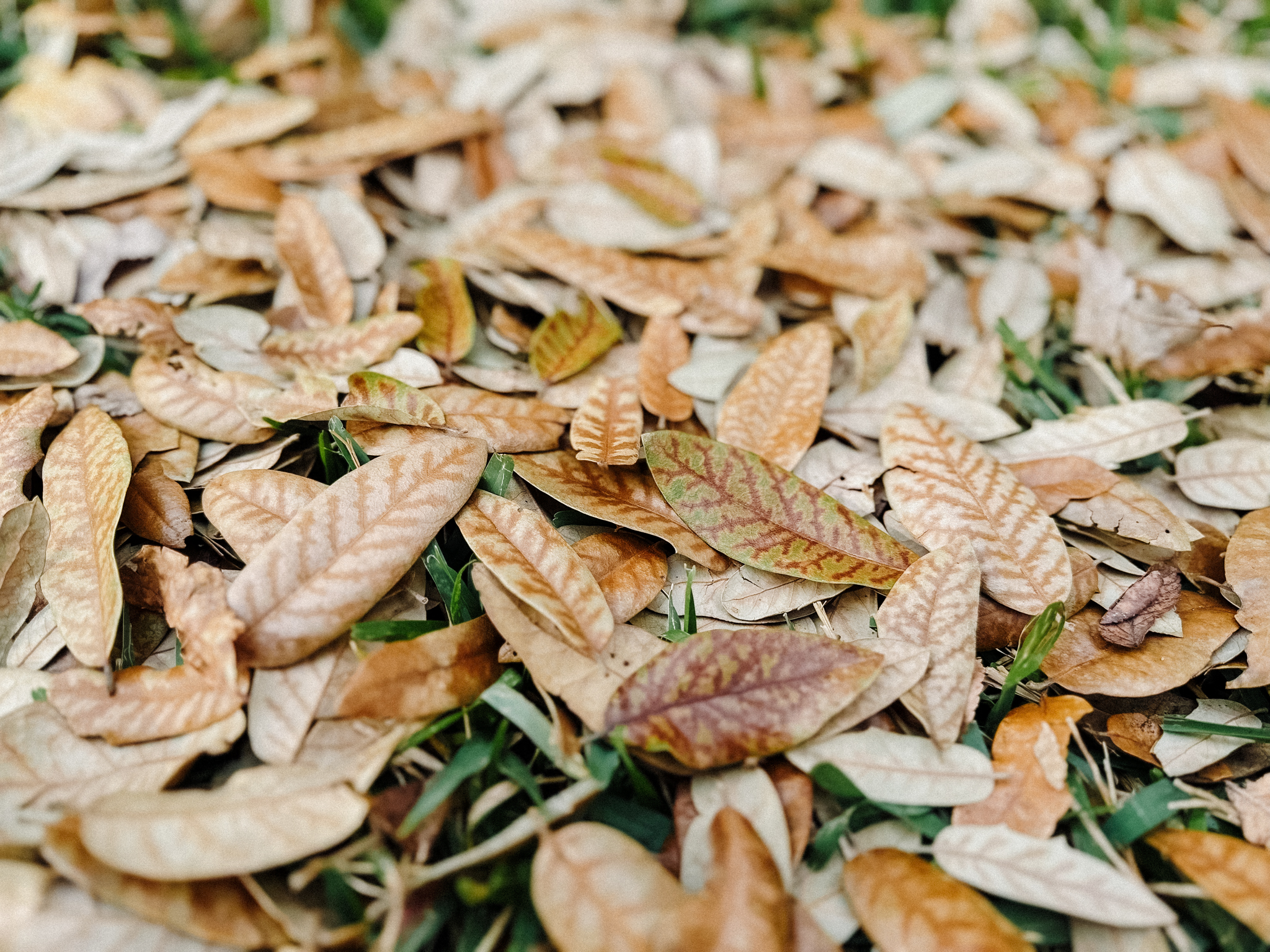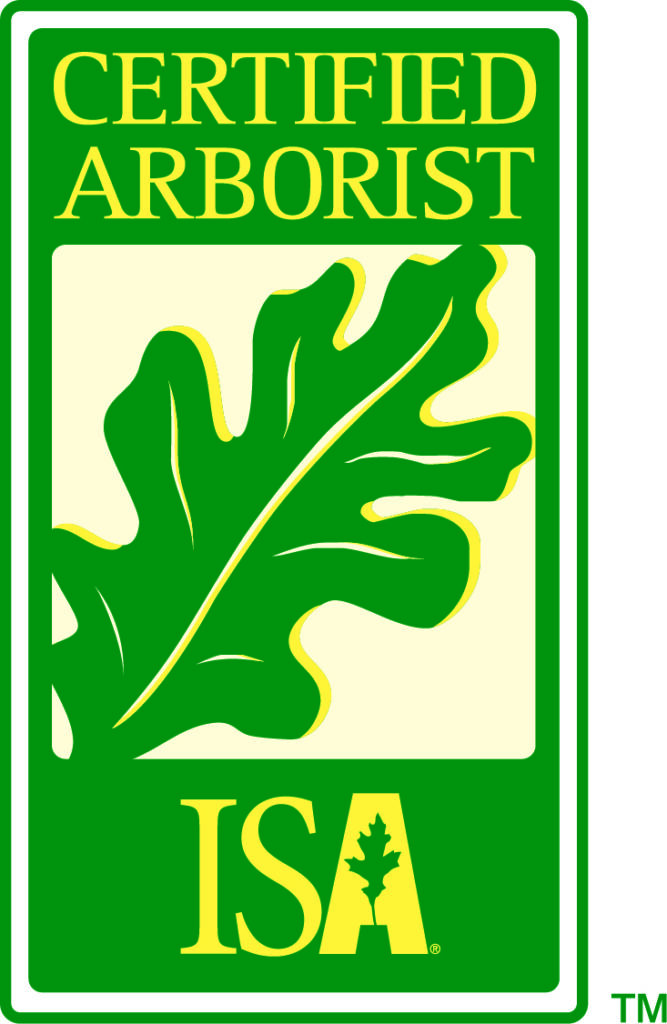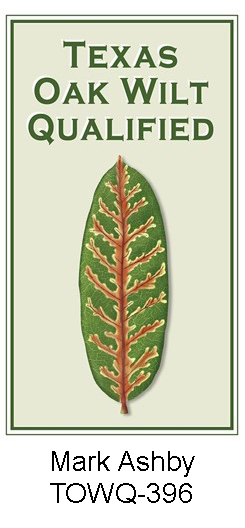Approved Method

Macro-injections are the preferred method for oak wilt treatment and the only method approved by the Texas Forest Service. Oak Wilt Pros utilize the best equipment and techniques to improve success rates. We combine this with our extensive knowledge in developing treatment plans. Treating with Alamo (Propiconazole), the most studied and successful fungicide with regards to oak wilt disease management, improves our results. We save around 85% of treated trees on average, with even greater success rates possible depending on timing. Preventative applications are preferred with therapeutic injections yielding less success. Usually, trees will only require one round of treatment. Secondary applications may be recommended depending on disease movement and reassessment at 18-24 months following the initial treatment. Large diameter trees may need further protection as well as any trees still at risk due to lingering disease. Find out more about approved methods for oak wilt treatment and oak wilt management at texasoakwilt.org.
Unapproved Methods
Micro-injections can offer a level of protection with less distribution of fungicide, resulting in more stress throughout a treated area. These applications are less dilute, higher pressure injections. They do not provide adequate water for distribution throughout the canopy while also creating more damage at the insertion points due to the increased pressure. This method can be affordable for property owners with dense, rougher properties as a way to help minimize losses, but we would never recommend for high-value trees.
“Biofeed” applications can help improve plant/tree SIR (Systemically Induced Resistance) and add benefits related to general health. Biofeed systems are sold as “proprietary blends” of soil microbes aimed at increasing levels of Archea. They cannot provide enough of a response to protect from a systemic disease like oak wilt, and losses will be prevalent without proper applications. These methods are pushed with anecdotal experiences and no lab-based studies to prove effectiveness. We have been called in behind these applications to witness devastating losses when property owners believed they had protected their trees.
Corn meal, used to increase levels of Trichoderma and improve SIR, will not provide adequate protection with regards to an oak wilt infection. This method is just a general health approach to improve the tree’s response to lesser pathogens.

At Oak Wilt Pros, we specialize in identifying, treating, and preventing the spread of oak wilt across Central Texas. With years of experience and proven techniques, we provide customized solutions to protect and preserve your oak trees. From diagnosis to recovery, we’re here to ensure your trees stay healthy and strong for generations.







